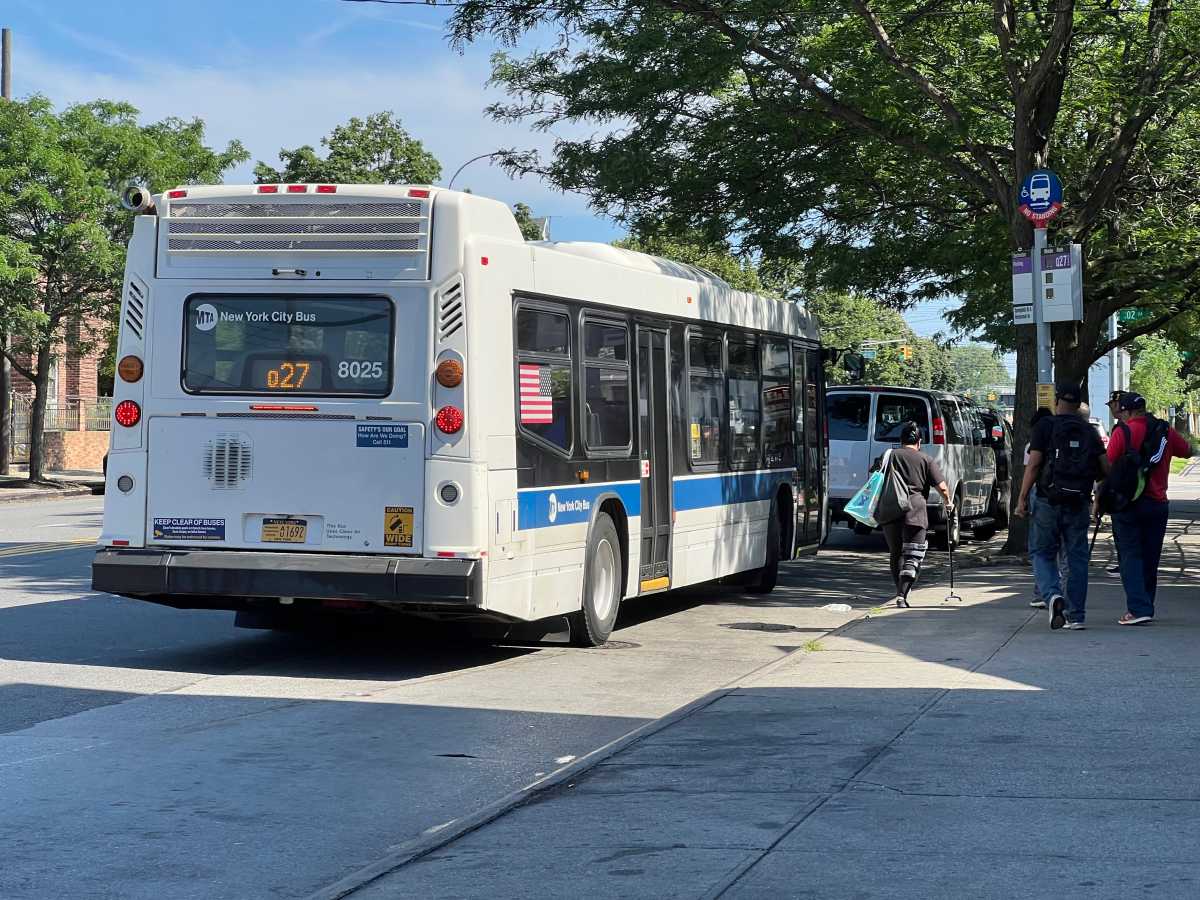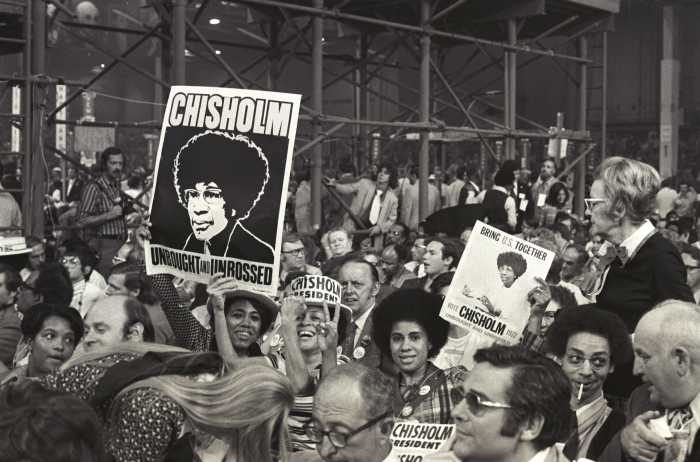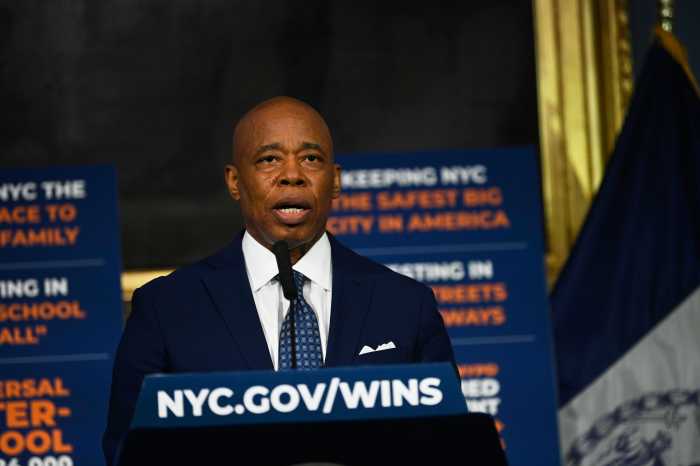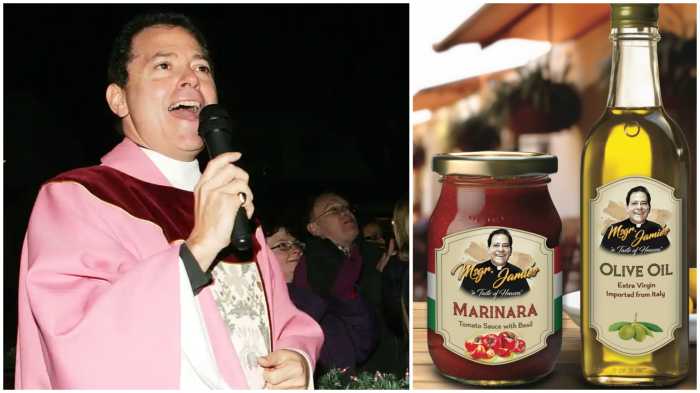BY MARGARET S. CHIN | Since the release of the 2010 Census, one headline has been used to sum up the experience of Chinese-Americans in New York over the past decade: “Chinatown is shrinking.”
For Asian Americans, such as myself, who have dedicated their lives to ensuring that ethnic communities, like Chinatown, receive their fair share of services and equal access to government; the notion that our historical enclave is losing ground arouses a certain amount of disbelief.
Articles, like the one that appeared in the December issue of The Atlantic, entitled, “The End of Chinatown,” by Bonnie Tsui, spark outright indignation.
Tsiu argues that immigration to the U.S. from China has slowed due to better work opportunities and an increasing quality of life back home, and because of this, Chinatowns in America “will lose their reason for being.” This is inevitable, Tsiu writes, “Because Chinatowns are where working-class immigrants have traditionally gathered for support, the rise of China – and the slowing of immigrant flows – all but ensures the end of Chinatowns.”
This is a significant, and inaccurate, leap. Tsiu bases her argument on the decline in the number of Chinese immigrants to the U.S., from 87,307 in 2006 to 70,863 in 2010; and 2010 Census data which showed population declines in Chinatowns in Manhattan and San Francisco. “If China continues to boom…workers will have better things to do than come to America,” she concludes. The American Dream has been eclipsed by the Chinese Dream.
What’s worse is that Tsiu attempts to use Manhattan’s Chinatown to illustrate her point. Inexplicably, Tsui says Chinatown is shrinking without considering undocumented, and thus uncounted, immigrants, who make up a significant portion of our population. Tsui also fails to tackle the root cause of census undercounts, not just in Chinatown, but in ethnic communities throughout our city. Recent immigrants are more likely to live in illegal dwellings, have limited English-capacity, and are less likely to engage mainstream society.
Several reporters have challenged Tsui’s use of data, including New York Times immigration reporter Kirk Semple, who points out that the population of foreign-born Chinese in New York grew from 261,551 in 2000 to 348,474 in 2010; and that foreign-born Chinese make up a higher percentage of the overall population now than in 2000; 4.3 percent up from 3.3 percent. In addition, the overall number of Chinese New Yorkers has grown by about 33 percent over the last decade.
There are several reasons, other than pride for my district, that the “death of Chinatowns” storyline strikes me as irresponsible. After decades of fighting for resources for the Chinese American community, Tsui’s assertion that “the influx of migrants who need the networks that Chinatown provides is itself slowing down,” is regressive and dangerous. The truth is that we need culturally and linguistically competent social services more than ever before. Social services, such as those who hand out food to the needy, are overwhelmed when they come to Chinatown. Asian Pacific Americans have the second highest poverty rate among all racial groups and are one of the most linguistically isolated populations.
I am proud that Chinatown has the reputation for providing much-needed social services, not just for Chinese immigrants, but to those from Southeast Asia, the Pacific Islands, and anyone else who needs assistance. I am proud of the network of dedicated organizations, social service providers, and advocates in Chinatown that never give up the fight for fairer budgets and the equitable distribution of resources in our city.
Tsiu’s cavalier attitude that all Chinatowns will one day be, “a welcome gate and populated mostly by chains like Starbucks and Hooters, with signs in Chinese,” belittles serious issues, such as the lack of affordable housing, workforce development, and educational opportunities, that have ripple effects in ethnic communities throughout our City. These are complex problems that cannot be written off as the collateral damage of gentrification.
Finally, I take issue with Tsiu’s characterization of the ‘good life’ in China. In a recent study of Chinese millionaires, nearly half reported they wanted to leave the country according to the Hurun Research Institute. China has significantly opened up since the mid-1970s and the growth of world-class cities like Hong Kong, Beijing, and Shanghai has allowed cosmopolitan influences to take root, but the middle class is still struggling. Freedom of the press and speech are still under siege by the Chinese government; political oppression and human rights abuses are well reported; and legal protections are lacking.
Nothing makes me more proud than to see first-generation Chinese seniors from Chinatown picketing the latest round of budget cuts outside of City Hall, or Chinese tenants groups mobilizing against bad landlords. We cherish the freedom we have here.
Chinese immigrants have come to Chinatown for over one hundred years. Today, membership in hometown associations in Chinatown is growing, and new families are laying down roots. Chinatown may serve as a link home for the hundreds of thousands who have emigrated, but it is also a neighborhood that has developed a culture that is all its own. It is the Chinese-American spirit of perseverance and our contributions to this country that ensure Chinatown’s perpetuity. Chinatown will always be a place for younger generations to learn about their history and for the legacy of the Chinese in America to be celebrated.
Margaret S. Chin is New York City Councilmember, District-1, Lower Manhattan



































